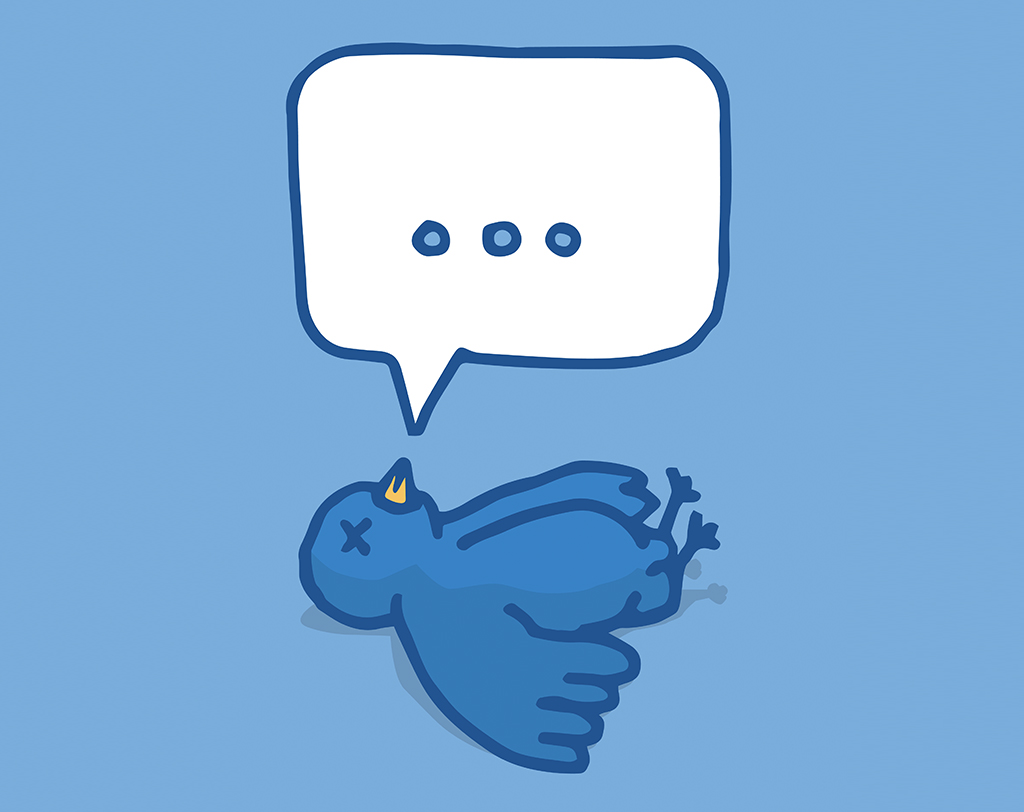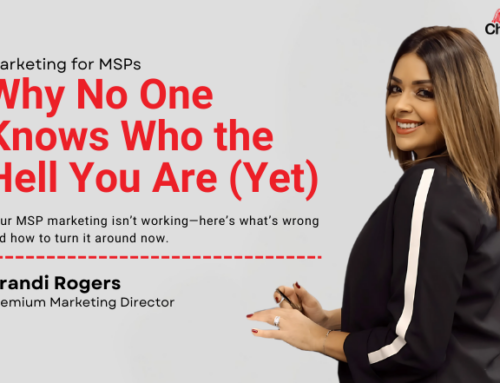Yes, it’s a slightly morbid topic but let’s face it: we’ve all wondered what happens to our social media once we pass away, right? Who gets your passwords to your email account, your Instagram, or your Amazon account? Do they just disappear over time?
Here’s what happens to some of the major players when you bite the dust.
Let’s say your name is Charlie Rogers. Once a memorialization request is submitted by friends and family to Facebook, your profile will say Remembering Charlie Rogers, but no one will be able to take over your account if you have not set what is called a Legacy Contact ahead of time. Actual proof of death is optional, but Facebook does require a date of death.
After the profile is memorialized, you won’t show up in places like birthday reminders, People You Know, or ads.
So what’s a Legacy Contact? Wisely choose one person who currently has a Facebook account (no social media resistors allowed). They will have power over your public digital legacy once you’re gone. They will have the ability to change your profile picture and cover photo, write a post on your timeline, and respond to new friend requests.
Plus, they can look at all of the photos and videos you’ve uploaded, wall posts, events you’ve attended, and people you’ve friended over the years. What they can’t see are your direct messages on Facebook Messenger. Family members with court orders can try and request additional information from Facebook, but it’s not guaranteed that the company will grant it.
How do you set up a Legacy Contact? Access this setting by going to facebook.com/settings, clicking on the Security tab, and then going to Legacy Contact. Here, you can also set up an annual reminder to review your Legacy Contact, just in case you need to change it to someone else.
If you don’t set a Legacy Contact or elect to destroy your account upon your passing, all of your shared content will remain on Facebook with no one to manage it.
Someone will need to report your death with proof, like a link to an obituary, news article, or death certificate. A memorialization freezes the account: photos or videos already shared will remain visible, but nothing can be added or changed. Users can weirdly continue to send direct messages to the deceased, however. Immediate family members can also request a removal of an account from Instagram.
Twitter and LinkedIn
The policies for these giants is similar to Instagram’s policy. Upon submittal of proof of death, they will deactivate or remove an account, but only if an immediate family member is requesting with cold hard evidence.
Snapchat
Currently, there is zero guidance on what happens to your account when you die. You can give someone your Snapchat username and password while you’re still alive and well, and instruct them to delete your account when you pass—but that’s putting a lot of trust in someone.
It’s pretty grim, thinking about death. But if you don’t prepare for the inevitable, your loved ones will face a mountain of complicated logistics at the same time as they’re coping with your loss. Our tip? Comb through your digital life while you still can and make sure you have a plan.







Leave A Comment